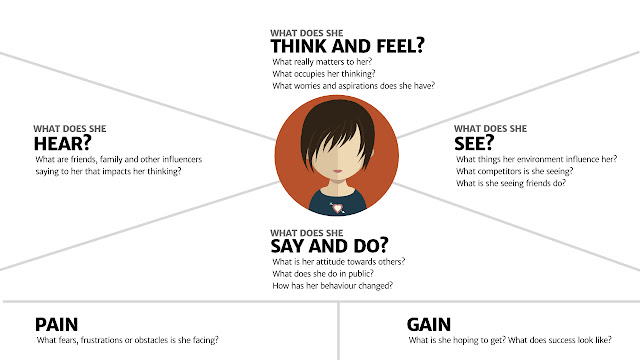Improving customer experience is often a balance of science and art - design thinking combined with technology-led insight.
We use analytics to identify pain points in a customer journey and confirm or confound our instincts.
What can often be missed is an empathetic view of design. Are we truly designing with the customer’s feelings in mind or are we improving an existing flawed model?
In a previous post I discussed some of Daniel Kahneman’s ideas about positive psychology, specifically the Peak End Rule (as told by Paul Marsden at Syzygy’s Digital Innovation Day).
Paul shared some more of these ideas in the context of designing to make a difference.
What is happiness?
Studies into happiness show that it is determined largely by genetics and only a small degree by circumstances. Factors such as money have no effect on happiness, after a point.
What does increase happiness is making memories, looking after your body, broadening horizons, nurturing relationships, practising acts of kindness, and even consciously smiling.
If these things make people happy - shouldn’t we design experiences that fit with these activities?
An example from General Electric (GE)
One uplifting example comes from GE. The company had produced a revolutionary new CT scanner delivering a new and greatly improved CX.
But when the designers unveiled it, they realised that one big problem remained. The machine was much improved for adults, both to operate and experience, but it still scared children.
Historically, 90% of preadolescents needed to be sedated before they had a CT scan. The designers realised they hadn’t designed with human feelings in mind.
So, with a few modifications, a child friendly CT scanner was delivered, the CT Pirate Island Adventure. Now, less than 5% of preadolescents have to be sedated before using the machine.
Designing with the ARC of happiness
Designing for happiness can be made more tangible using the ARC acronym. Autonomy, relatedness and competence.
Paul gave some examples of brand experiences that offer each of these feelings to the customer.
Autonomy or control is a need satisfied by Uber, for example, in providing detail about when your cab will arrive, which route it will take, how much it will cost. It empowers the traveller.
Relatedness is the feeling of interaction with others. Nike’s SB app allows skaters to be part of a community, where they can connect with others and discuss their progress.
Competence is the feeling of being efficient, either becoming good at something or receiving a reward for one’s actions. Paul here referenced homeware stores that offer free workshops.
Apple encourages competence with its hour of code and Bank of America encourages better money habits (‘teach people to fish’).
So, should we redefine a good customer experience?
Paul championed the idea of customer experience as "the greatest happiness for the greatest number of customers".
This is a powerful message and is often the driving force behind change management in companies moving from rigid product development processes to an innovative customer-centric approach.
Positive psychology plus design thinking equals positive design. Human-led not technology-led.
https://econsultancy.com/blog/67920-how-can-we-design-experiences-that-increase-customer-happiness/





Comments
Post a Comment